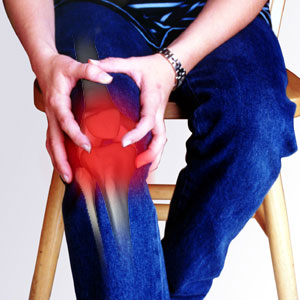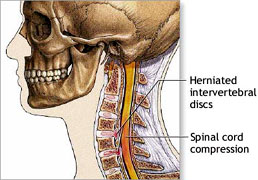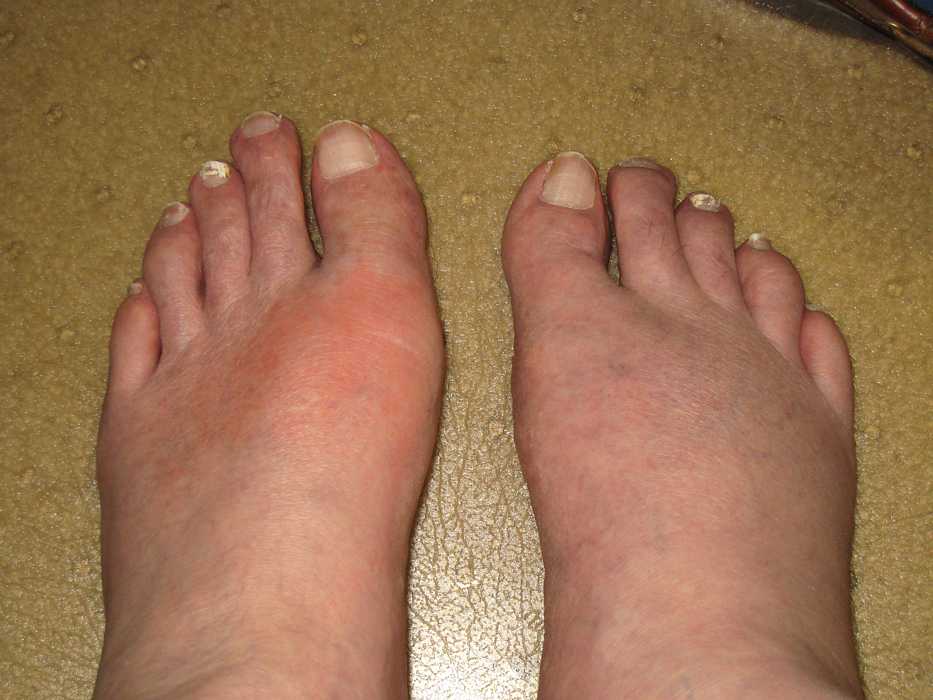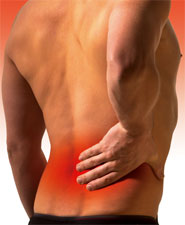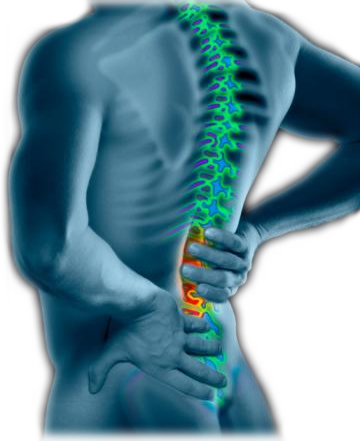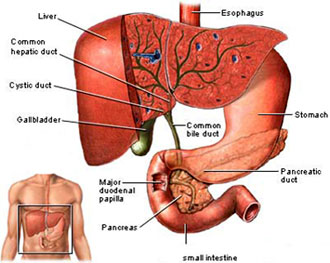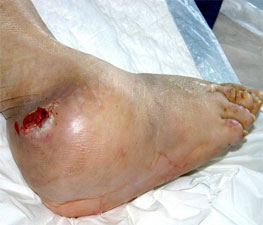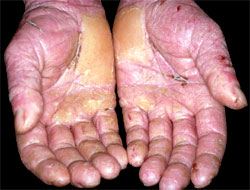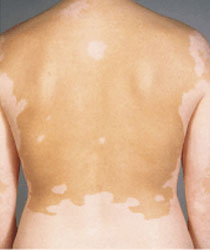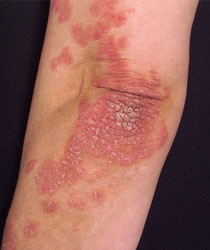Piles

Piles
Types of piles
Although piles develop from inside your anal canal, they can hang down out of your rectum. They are graded as follows.
- First degree piles are swellings on the inside lining of your anal canal. They may bleed but can\\\'t be seen from outside the anus.
- Second degree piles are larger and stick out (prolapse) from the anus when you have a bowel movement, but return on their own afterwards.
- Third degree piles are similar, but hang out from your anus and only return inside when pushed back in.
- Fourth degree piles permanently hang down from your anus and you can\\\'t push them back inside. They may become extremely swollen and painful if the blood in them clots.
- External piles are swellings that develop from below the anal cushions. They can be more painful than the other types of piles.
Symptoms of piles
Common symptoms of piles include:
- painless bleeding from your anus, which you may notice in the toilet bowl or when you use toilet paper, or from soiled underwear
- a lump on your anus
- a slimy discharge of mucus
- a feeling that your bowels haven\\\'t emptied completely
- itchy skin around your anus
- swelling around your anus
- pain and discomfort after a bowel movement if you have external piles
Causes of piles
The exact cause of piles isn\\\'t known. One theory is that piles are a result of a weakness of the tissue that connects the anal cushions to the muscle layers underneath. In combination with frequently straining while passing hard bowel movements, this can cause the anal cushions to slide out of their usual place and down the rectum.
You\\\'re more likely to develop piles:
- if you eat a low-fibre diet
- if you strain to empty your bowels (for example, if you have constipation)
- as you age because the support structures in your rectum weaken
- if you\\\'re pregnant
- if you\\\'re born with a weakness in your rectum or have a family history of piles
Visit your GP if you notice any signs of bleeding from your rectum. Your GP will ask about your symptoms and examine you. This may involve a rectal examination, where he or she will gently insert a gloved finger into your rectum. Your GP may also ask you about your medical history. Your GP may use a proctoscope to look inside your rectum. A proctoscope is a narrow, tube-like telescopic camera. Air can be blown through the tube to open up the bowel so it can be seen more clearly. This test can help to rule out problems in your rectum. Alternatively, your GP may refer you for a flexible sigmoidoscopy or colonoscopy test that will need to be done in hospital. This allows your doctor to look inside your large bowel. These tests are sometimes done to check that your condition isn\\\'t caused by something more serious. Send Enquiry



